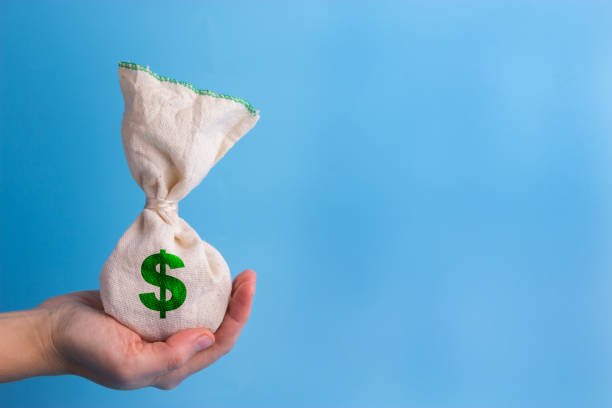Markets
Biden’s leaked $2.25tn stimulus plan supported risk sentiment on US markets yesterday. Despite ambitions to fully fund the proposal by raising corporate taxes, WS finished a tech-lead rally up to 1.5% (Nasdaq) higher. Some end-of-month rebalancing from surging value stocks to growth was also at play. Very strong US ADP job data didn’t have a direct market impact but was more helpful for risk in general. USTs underperformed the Bund in US closing hours with many tenors finish the first quarter near or at new recovery highs. The curve bear steepened with yields up 1.4 bps (2-yr) to 4.3 bps (30-yr). The middle part of the curve (more than 4 bps higher) continues to be sold as well. German yield changes were marginal. An attempt to eke out a few bps faded throughout the European session. The long end (30-yr) eventually shed 1 bp. The dollar took a breather at the end of a stellar quarter. Some currencies, including the euro, sought to profit from the greenback’s pause but didn’t make it very far. EUR/USD jumped from the low 1.17 area to 1.176 only to pare gains to 1.173. USD/JPY remained well north of 110 after a test of the 111 barrier. DXY ended flat at 93.23. Sterling came second on the G10 scoreboard yesterday. EUR/GBP drifted further south, unabatedly testing the upper bound of the 2021 downward trend channel. Sterling set for a fourth day straight a new recovery high (close at EUR/GBP 0.851).
Asian-Pacific equity markets are enjoying a strong batch of March PMIs across the region and Japan’s Q1 Tankan survey (cf. below) this morning. The data suggest manufacturing picked up again. King dollar kicks off the new quarter on a strong footing, gaining against most peers. EUR/USD dips to 1.1718. The Aussie (AUD/USD 0.754, lowest level since December) and kiwi dollar (NZD/USD further sub 0.70) lag ahead of a long weekend. Core bonds gain.
Today’s economic calendar contains US weekly jobless claims and the manufacturing ISM. The former is seen again higher at 61.5 from 60.8 in February. A consensus reading implies the strongest level since the eighties. But strong Asian demand (as suggested by data this morning), US factories recovering from a weather-hit February, large-scale fiscal stimulus and ever-stretched supply chains (pushing up delivery times) suggest risks are even tilted to the upside. Strong US data caps core bond’s upside. Strong directional yield moves (north) might have to wait until tomorrow’s payrolls report though. In the same logic, the dollar could hold strong again today but a sustained break below EUR/USD 1.1695 followed by a return to the 1.16 area probably needs confirmation by the US job report. We continue to be cautious on EUR/GBP. A return to the trend channel seems more likely than a convincing rebound at this stage. Sterling’s momentum slowed but isn’t over.
News Headlines
The World Trade Organization (WTO) upwardly revised its projection for 2021 global merchandise trade growth to 8.0%. This would be the biggest increase since 2010. Global trade contracted 5.3% in 2020, which was less the 9.2% expected in October last year. However, the recovery could be complicated by regional disparities, continued weakness in services trade and slower vaccinations in poor countries. 2022 growth is expected to slow to 4.0%. Even with the expected pace of growth, trade will remain below its pre-pandemic trend. The pandemic development remains the main risk for the recovery. WTO expects 2021 and 2022 GDP growth respectively at 5.1% and 3.8%.
According to the Bank of Japan Quarterly Tankan survey, sentiment among large manufacturers improved from -10 to +5. The outcome was stronger than expected and the first positive reading since Q4 2019. Large companies also expect to raise capital spending by 3% in the year starting in April, while a contraction was still expected. Sentiment among large non-manufactures improved from -5 to -1. Indices for smaller firms, both from the manufacturing and non-manufacturing sector also improved substantially, but the balance remains well in negative territory. Large manufacturers expect USD/JPY at an average 105.38 in FY 2021, which is substantially below current level of 110+. Ceteris paribus this could be supportive for exporters margins/profits.


 Signal2forex.com - Best Forex robots and signals
Signal2forex.com - Best Forex robots and signals




